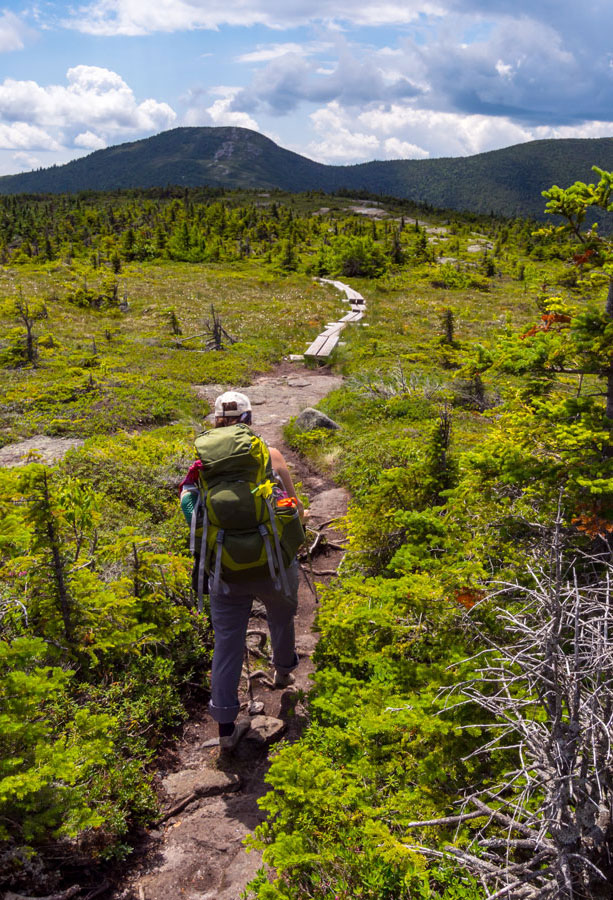Running through 14 states in the eastern U.S., the Appalachian Trail is one of the world’s longest hiking trails. For serious adventurers looking to tackle the entire route, it typically takes about five to seven months from start to finish. But even if you’re not seeking an epic trek, you’ll be fascinated to learn about the trail’s history and those who have made it all the way. Check out these eight facts you might not know about the Appalachian Trail.
The Trail’s Origins Date Back to 1921
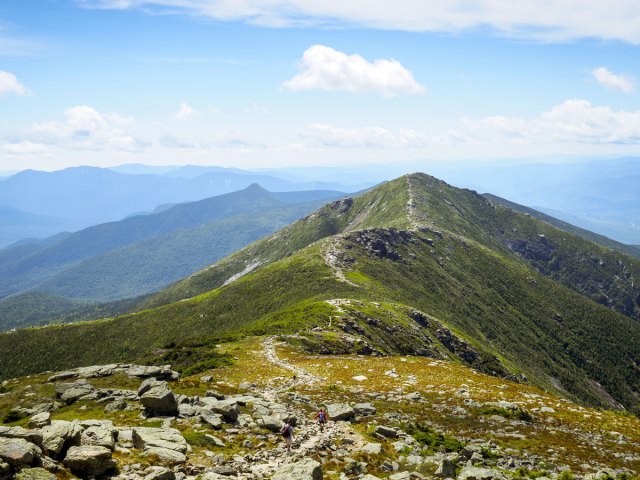
The Appalachian Trail was the brainchild of forester Benton MacKaye, who first proposed the route in an issue of the Journal of the American Institute of Architects. Claiming that the idea had come to him while he was sitting in a tree, MacKaye envisaged the trail as an escape from modern city life, a utopia of interconnected forest camps. In 1923, the first 18-mile section of trail opened, starting at New York’s Bear Mountain and winding its way to the hamlet of Arden.
The Appalachian Trail Conservancy (ATC) was established in 1925, and the completed trail finally opened in 1937, long after MacKaye had left the organization. In 1968, it became the country’s first National Scenic Trail. Today, the ATC is run entirely by volunteers, with 31 clubs along the route dedicating their time to maintain the trail, monitor flora and fauna, and carry out necessary repairs.
Its Exact Length Varies
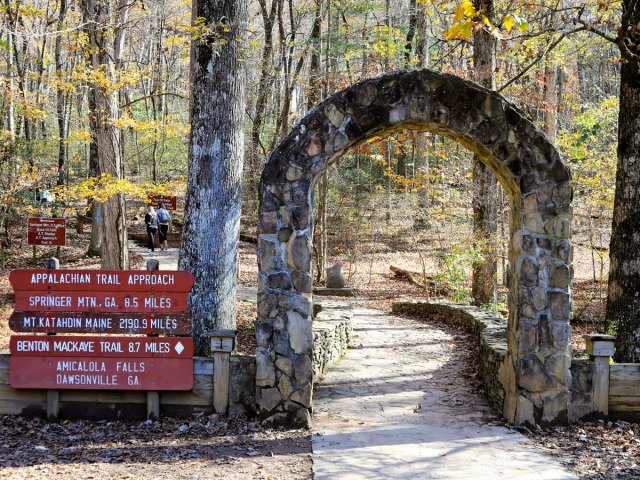
The actual length of the trail varies according to which website, map, or guidebook you happen to be looking at. As of late 2023, the ATC currently lists it at 2,198.4 miles, while the National Park Service opts for a simpler 2,180-plus miles. One reason for the varying length is that the trail itself is ever-changing, even from one year to the next. Since its completion in 1937, 99% of the Appalachian Trail has been restored, rehabilitated, or relocated.
The trail officially begins (or ends) at Mount Katahdin in Maine, with the other end at Georgia’s Springer Mountain. The original southern point (until 1956) was Mount Oglethorpe, some 30 miles south of Springer Mountain. Although it passes through 14 states, the trail is not divided equally — 544 miles of the path is in Virginia, more than any other state, while a mere four-mile stretch crosses West Virginia.
The Change in Elevation Is Equivalent to Climbing Mount Everest 16 Times
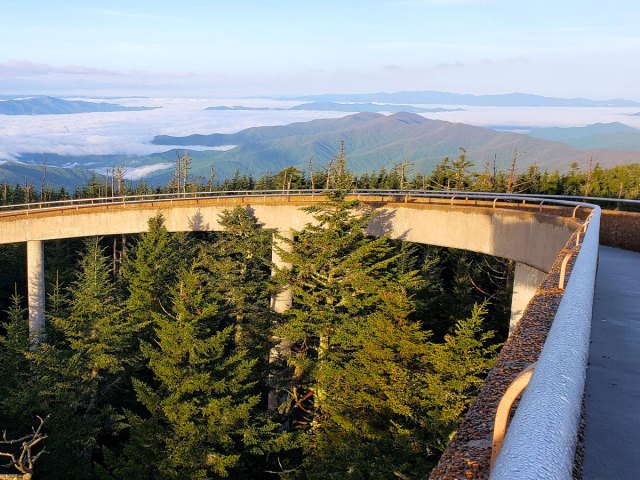
Running the length of the Appalachian Mountains, the trail is unsurprisingly full of ups and downs. The lowest point of the trail is Bear Mountain State Park in New York, just 124 feet above sea level. The highest point is Clingmans Dome on the border of Tennessee and North Carolina, at 6,644 feet above sea level. Even considering the trail’s 2,000-plus-mile length, it can still come as a surprise to know that the elevation gain and loss hikers experience when walking the entire Appalachian Trail is the same as climbing Mount Everest from sea level and back a whopping 16 times.
More Than 20,000 People Have Completed the Trail
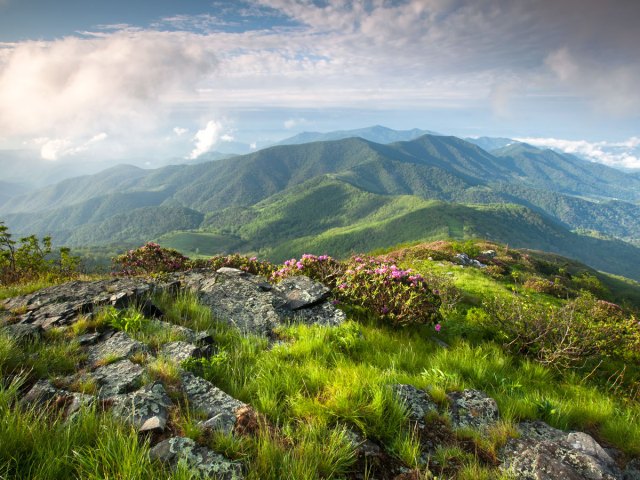
While an estimated 4,000 people set out every year with dreams of completing the Appalachian Trail, considerably fewer actually achieve that goal. Still, since its inception in 1937, more than 20,000 people have walked the entire trail. Fatigue (both physical and mental), illness, and injury are common causes for dropping out. Of course, most of the trail’s 3 million visitors each year plan to hike shorter segments. The ATC reports that thru-hikers (those who have hiked the entirety of the trail) have ranged in age from just 5 to 82 years old.
Even rarer than the already impressive thru-hikers are the yo-yoers. These are adventurers who reach the end of the trail, be it in Maine or Georgia, and then turn around to walk the whole thing again in the other direction. That’s almost 4,400 miles in one year.
But No One Walked the Entire Trail Until 1948
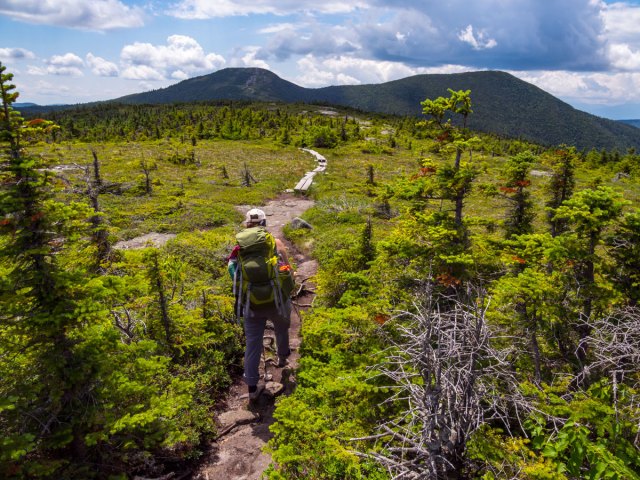
While more than 20,000 people have hiked the complete trail, that feat was not possible for the earliest trekkers. Hurricanes and road construction rendered parts of the path impassable, and the outbreak of World War II delayed any repairs. The first person to hike the trail in its entirety was Earl Shaffer in 1948. The Army veteran returned to complete the trail again in 1965, and a third time in 1998, when he was remarkably 79 years old. His hiking boots and journal from the first complete hike are now displayed in the Smithsonian Museum. Shaffer’s advice to future thru-hikers? “Carry as little as possible. But choose that little with care.”
The First Solo Female Thru-Hiker Was Emma Gatewood
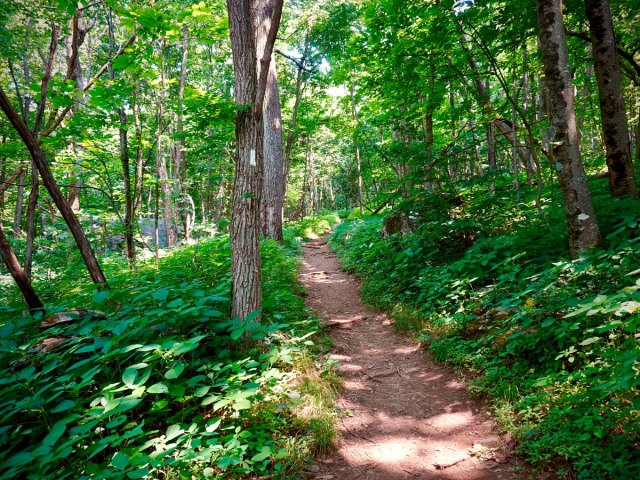
A certain level of physical health is required to complete the trail, but doing so is certainly not limited to the young. Nor is it limited to those with a selection of expensive equipment. The first solo female thru-hiker was Emma “Grandma” Gatewood, who was 67 years old when she decided to walk the trail in 1955. She took little with her, wearing simple sneakers and throwing a few extra belongings in a duffel bag. Gatewood soon attracted press and relied on her foraging skills and the kindness of strangers to feed herself. After her groundbreaking achievement, Gatewood completed the Appalachian Trail a second time just two years later in 1957.
The Fastest Time to Complete the Trail Was 41 Days
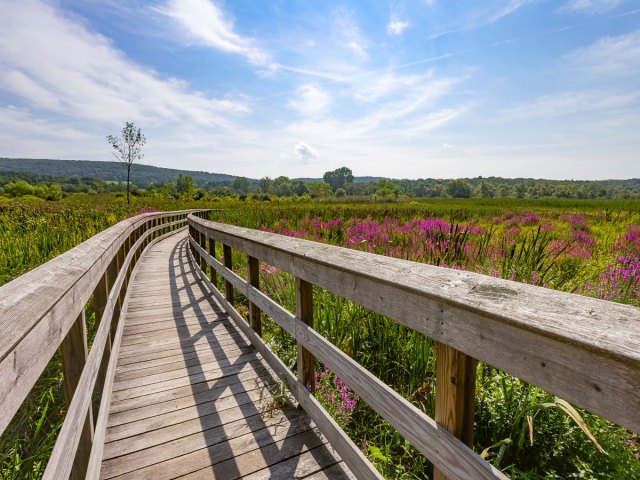
Completing the trail takes an average of five to seven months, allowing for a daily pace of between 10 and 16 miles per day. This means it is vital to plan the trip around the seasons to avoid snow in the Northeast and the hottest days of summer in the South. However, a few hardy souls have been determined to set new records for the walk. The fastest was Belgian ultra-marathoner Karel Sabbe, who completed the trail in 41 days, 7 hours, and 39 minutes in 2018. Sabbe, who had a support team to help him along the way, broke the previous record held by Joe “Stringbean” McConaughy, who finished in 45 days, 12 hours, and 15 minutes in 2017.
You Will Need Lots of Food (But Probably Not a Map)
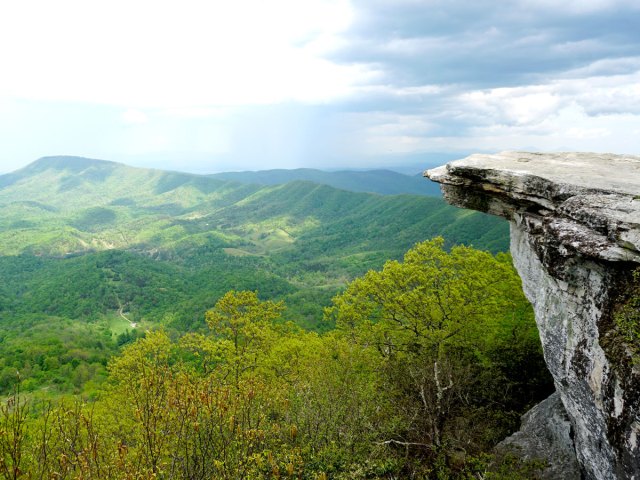
With hikers requiring roughly 5,500 calories per day to keep their energy up, they need to be sure to budget for food. After just a few weeks, thru-hikers may notice that they are burning so many calories, they never feel satisfied no matter how much they eat. At the trail’s halfway point, it is a tradition to stop for ice cream, but not just one or two scoops — half a gallon (a whopping four pints) is the customary amount. On average, thru-hikers lose 30 pounds during the six months on the trail.
One thing you probably won’t need? A map. A series of white blazes painted to trees highlight the route. In all, approximately 165,000 of these blazes help to guide hikers, with an average spacing of 70 feet between them. With the trail so well-marked, hikers can save a little room in their bags and leave the map at home.
More from our network
Daily Passport is part of Inbox Studio, which publishes content that uplifts, informs, and inspires.






